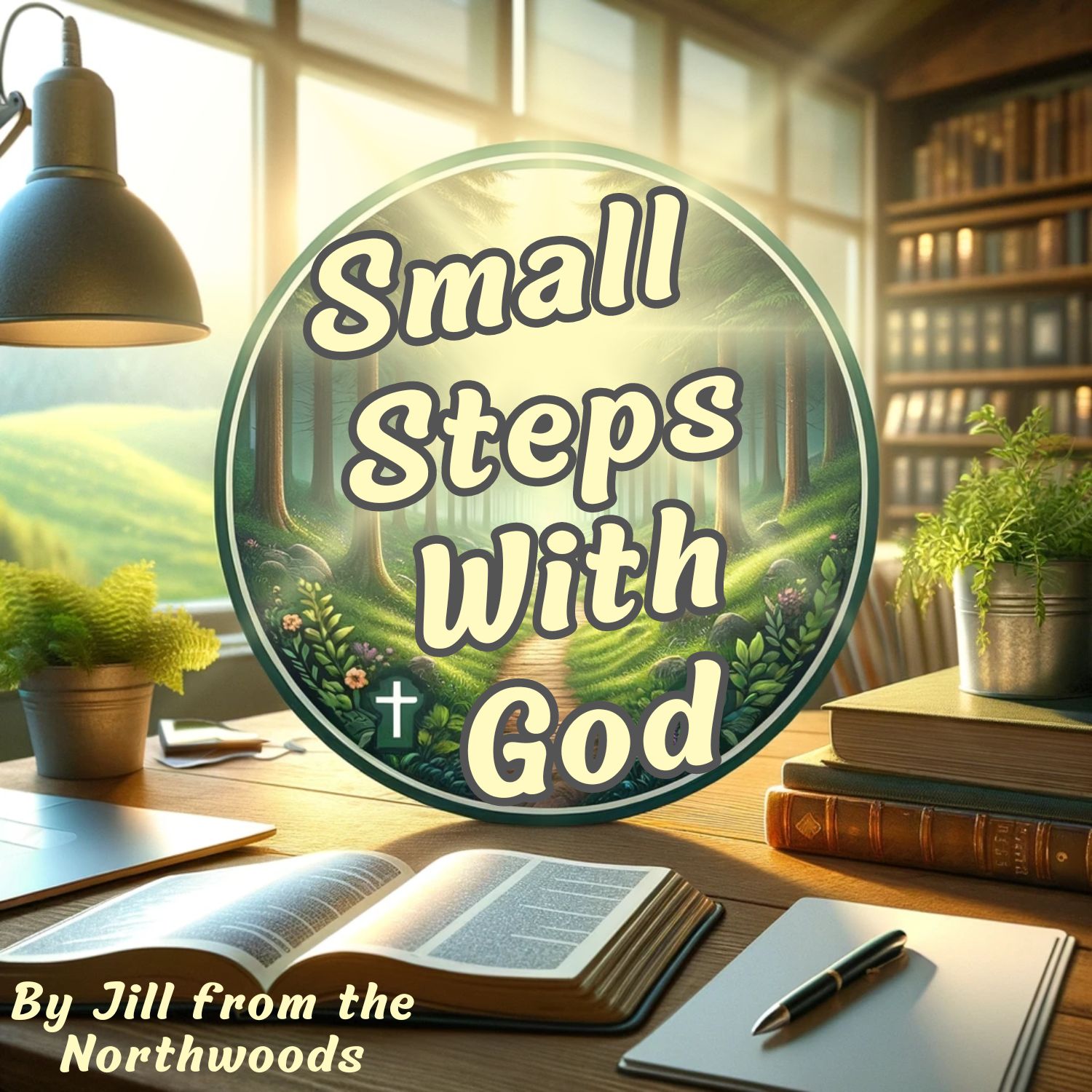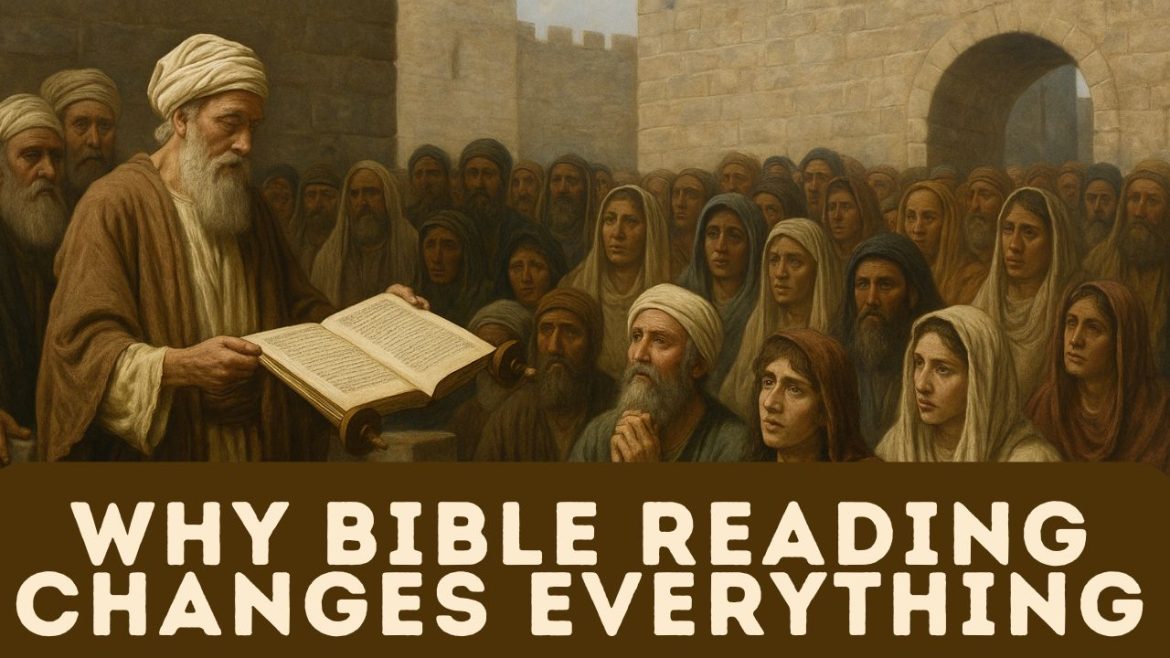Introduction: The Bible in the Age of Noise
In a world saturated with constant digital noise, endless scrolling, and fleeting trends, the question “Why should I read the Bible?” might seem like a relic of a simpler time. But far from being outdated, the Bible remains one of the most transformative and grounding texts available to us. Whether one approaches it from faith, tradition, curiosity, or a desire for guidance, the act of reading scripture—thoughtfully and intentionally—offers clarity, wisdom, and connection in an often chaotic world.
The Foundation of the RAMPS Method
The RAMPS method—Read, Analyze, Meditate, Pray, Share—provides a structured yet flexible approach to engaging with the Bible. This framework encourages not just passive consumption but active involvement with the text, making it a powerful tool for spiritual growth. Each step leads deeper into understanding and living out the Word, starting with the essential first step: reading.
Reading: The Starting Point for Transformation
Reading the Bible isn’t just a religious obligation—it’s an invitation into a conversation with God. Historically, both personal and public reading of scripture have shaped communities and cultures. From Deuteronomy’s command to speak of the Word throughout daily life, to kings being instructed to handwrite copies of the law, reading has always held a central place.
Public readings were foundational to Jewish tradition and early Christianity. The scrolls were read aloud in synagogues and communities stood, wept, and responded in reverence. Jesus himself read from Isaiah publicly, affirming both the authority of scripture and the communal practice of reading it aloud.
Scripture as a Source of Wisdom and Reform
The Bible is filled with examples of transformation sparked by reading. King Josiah’s national reform began when lost scriptures were rediscovered and read. Ezra’s public reading moved a nation to tears and celebration. Psalms 19 and 119 declare scripture to be a source of wisdom, guidance, and purity.
Reading the Bible equips us for life. It helps shape desires, correct course, and offer perspective. 2 Timothy 3 declares that all scripture is “God-breathed” and useful for teaching and training. James reminds us to be doers, not just hearers, of the Word.
The Historical Battle for Access
For centuries, access to the Bible was controlled by religious and political gatekeepers. Ordinary people couldn’t read it—either due to illiteracy or lack of access. Translators like William Tyndale gave their lives so that common people could read scripture in their own language. The invention of the printing press turned the tide, distributing the Bible far and wide, empowering the public to engage directly with sacred text.
Even governments took part. The first book printed by the United States government was the Bible, intended for schools. This underscores how deeply scripture was embedded in education and civic life.
A Modern-Day Miracle: Unlimited Access
Today, the Bible is more accessible than ever. Digital platforms, audiobooks, mobile apps, and dozens of translations bring the Word to us wherever we are. Whether you’re reading on Logos software, listening during a commute, or following along in Braille, scripture is now available to all.
This access isn’t just a convenience—it’s a gift. Each of us can approach the Bible with fresh eyes, from our own cultural, educational, and personal backgrounds. Whether you’re a scholar, pastor, or blue-collar worker, the Bible speaks in a voice that meets you where you are.
Applying the Bible to Daily Life
Reading the Bible isn’t just about gaining knowledge—it’s about transformation. Scripture reorients our hearts, strengthens our values, and shapes our responses to life’s challenges. Like a plumb line, it helps us determine what is true, straight, and aligned with God’s purposes.
In our daily lives, the Bible becomes a tool for encouragement, perseverance, and hope. It arms us spiritually (Ephesians 6), comforts us emotionally (Psalms), and trains us mentally and morally (2 Timothy 3).
When reading the Bible becomes a habit, it roots us. It helps us answer questions like: What does it mean to be a Christian? What does God want from me? How do I live well?
Different Ways to Engage
Reading alone is powerful, but pairing it with listening opens up even more understanding. The brain processes spoken and written words differently, so alternating methods can bring fresh insight. Whether through study tools, footnotes, maps, or listening on a walk, each method reveals something new.
Group study and community sharing are also essential. The RAMPS model encourages sharing what you’ve learned with others. This enriches understanding and builds spiritual community.
Conclusion: An Invitation to Begin
Reading the Bible is a spiritual discipline with deep historical roots and modern-day relevance. It is a practice that has changed individuals, revived nations, and sustained generations. We no longer live in a time when access is denied. The Bible is available—abundantly—and it invites each of us to read, learn, and grow.
Whether you’re just starting or coming back after a long break, remember: reading the Bible isn’t about checking a box. It’s about connecting with the living Word of God. As you take your first small step, you might be surprised by the strength, insight, and peace that come with it.

